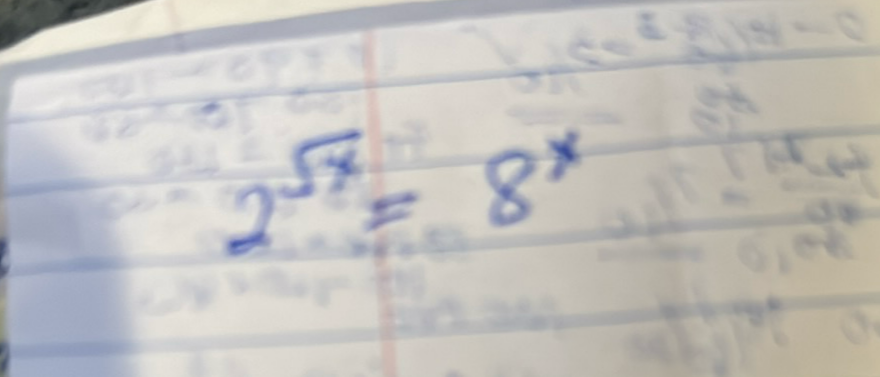AI tutor
Full solution
Q. .Find `x`
- Recognize Power of : We start by recognizing that is a power of , specifically . We can use this to rewrite the equation in terms of the same base.
- Apply Power Rule: Now we apply the power rule of exponents, which states that . So we can rewrite the right side of the equation as:
- Set Exponents Equal: Since the bases are the same and the equation is an equality, we can set the exponents equal to each other:
- Square Both Sides: To solve for , we can square both sides of the equation to get rid of the square root:
- Solve Quadratic Equation: We now have a quadratic equation. To solve for , we need to set the equation to zero:
- Factorize Equation: This is a quadratic equation in standard form. We can solve for by factoring or using the quadratic formula. However, this equation can be factored easily:
- Find Potential Solutions: Setting each factor equal to zero gives us two possible solutions for : or
- Check : Solving the second equation for gives us:
- Check : We now have two potential solutions: and . However, we must check these solutions in the original equation because squaring both sides could have introduced an extraneous solution.
- Check : We now have two potential solutions: and . However, we must check these solutions in the original equation because squaring both sides could have introduced an extraneous solution.First, we check in the original equation:This solution checks out.
- Check : We now have two potential solutions: and . However, we must check these solutions in the original equation because squaring both sides could have introduced an extraneous solution.First, we check in the original equation:This solution checks out.Now, we check in the original equation:This solution also checks out.

